What does it mean to functionalize graphene materials?
Functionalization refers to the process of modifying the surface or edges of graphene with various chemical functional groups or molecules. The goal of functionalization is to customize the properties of graphene materials to specific applications or to enable their integration into various composites and devices.
Functionalization of graphene materials is necessary for several reasons. The surface of graphene is usually inert and hydrophobic, making it difficult to disperse in solvents or to integrate into composites. Functionalization can introduce polar or charged functional groups onto the surface of graphene, making it more compatible with solvents and other materials.
Functionalization can also be used to manipulate the electronic properties of graphene materials. By introducing specific functional groups or molecules, the band structure of graphene can be altered, and this can have a great impact on its electronic and optical properties.
Here are some key methods used for the functionalization of graphene:
Chemical reactions or oxidation: with this approach functional groups are introduced to graphene’s basal plane or edges through chemical reactions. With oxidation, oxygen-containing groups are added to graphene, making it more dispersible in various solvents as well as more reactive to further chemical modifications. It’s however important to control the oxidation level to retain the necessary properties from graphene while achieving the desired functionality level.
Adsorption or supramolecular assembly: with this method, non-covalent interactions such as hydrogen bonding, π-π interactions or van der Waals forces are used to attach molecules to the graphene surface. With this technique the integrity of the graphene lattice is preserved. With supramolecular assembly, complex structures involving graphene and other molecules are formed through self-assembly processes. With this method functional molecules, polymers, or biomolecules are attached to graphene, so that it can be used for various applications such as sensors and energy storage.
Deposition of metals or nanoparticles: with this technique metal atoms or nanoparticles are deposited onto the graphene surface. This way the electrical, catalytic, and magnetic properties of graphene can be altered and customized for specific applications. For example, if metals like gold or platinum are deposited, graphene’s effectiveness as a catalyst in chemical reactions is enhanced. In the same way, the deposition of magnetic nanoparticles can make graphene suitable for applications in data storage or biomedical imaging.
The functionalization methods can significantly enhance the properties and performance of graphene-based materials, making them more versatile and adaptable for various applications.
Graphene Oxide - a Pre-functionalized alternative
Instead of functionalizing graphene directly, Graphene Oxide (GO), a derivative of graphene can be used. GO is already functionalized with various oxygen-containing groups, and is characterized by the presence of epoxy, carboxyl and hydroxyl groups on its basal planes and edges. These functional groups make GO highly versatile and reactive, making it easier to disperse in water and other organic solvents compared to pristine graphene. LayerOne’s key competence is to produce Graphene Oxide (GO) and we can supply customized degrees of oxidation. Please contact one of our staff to receive more information.
The epoxy groups are typically located on the basal plane and can be used to attach other molecules or polymers, thus customizing the material for specific applications. Carboxyl groups, typically found at the edges, can facilitate the attachment of biomolecules or other specific functional groups, making GO suitable for biomedical applications. The hydroxyl groups contribute to the hydrophilicity of GO, making it more compatible for various biological and aqueous environments. The presence of these functional groups allows for further chemical modifications if needed.
Utilizing GO can be advantageous in applications where the direct functionalization of graphene is challenging or less efficient, making it a valuable material in the realm of advanced composites, sensors, drug delivery systems, and energy storage technologies.







